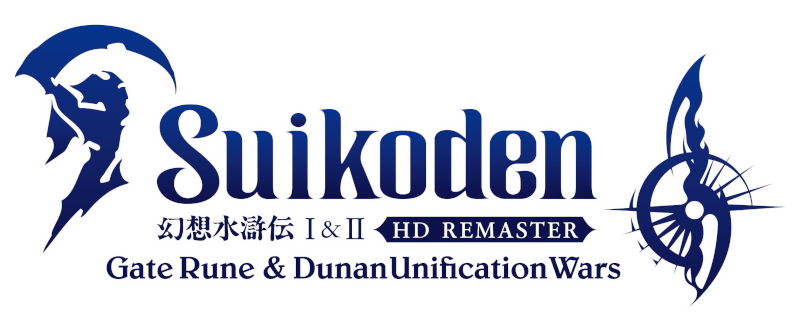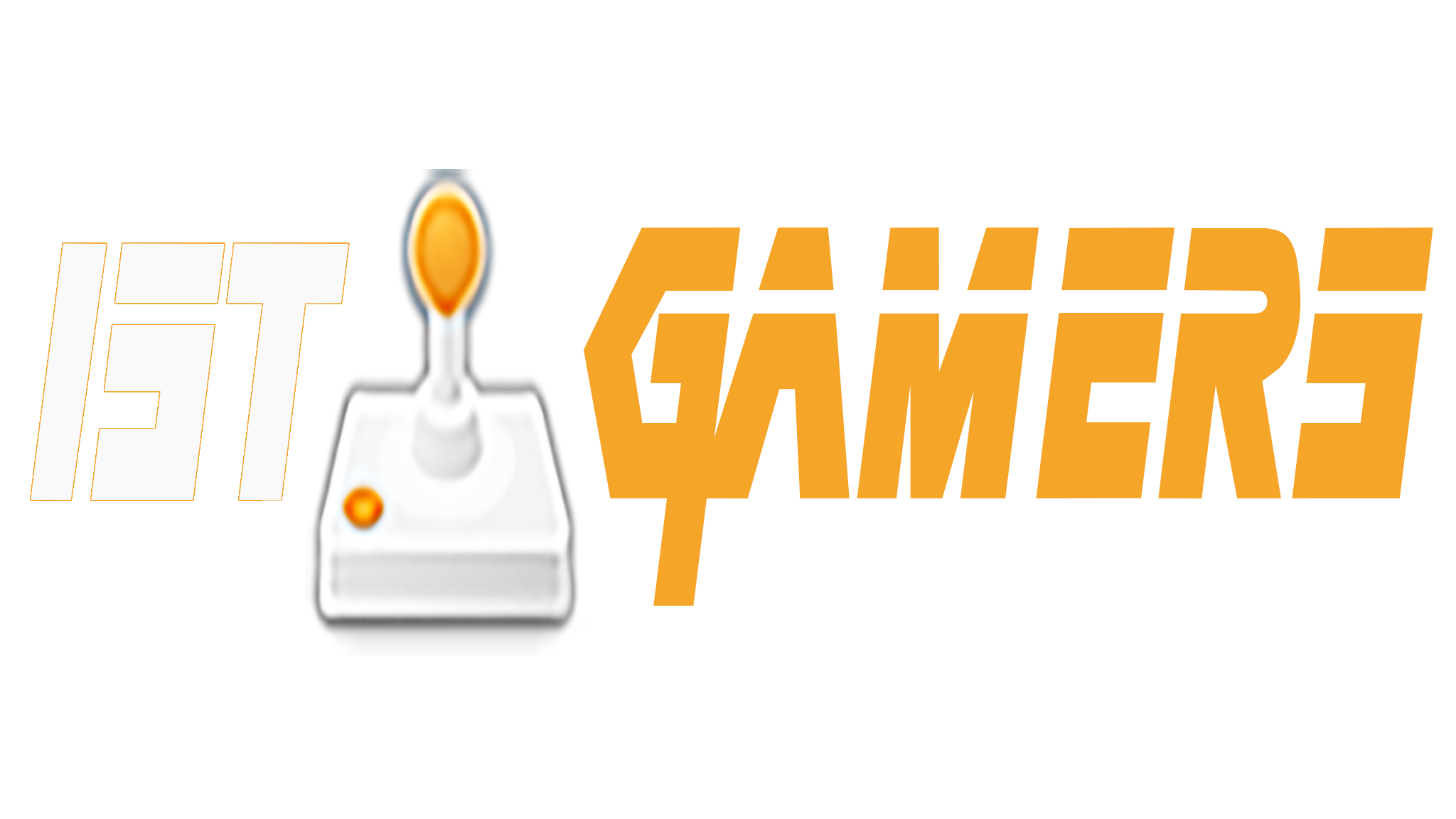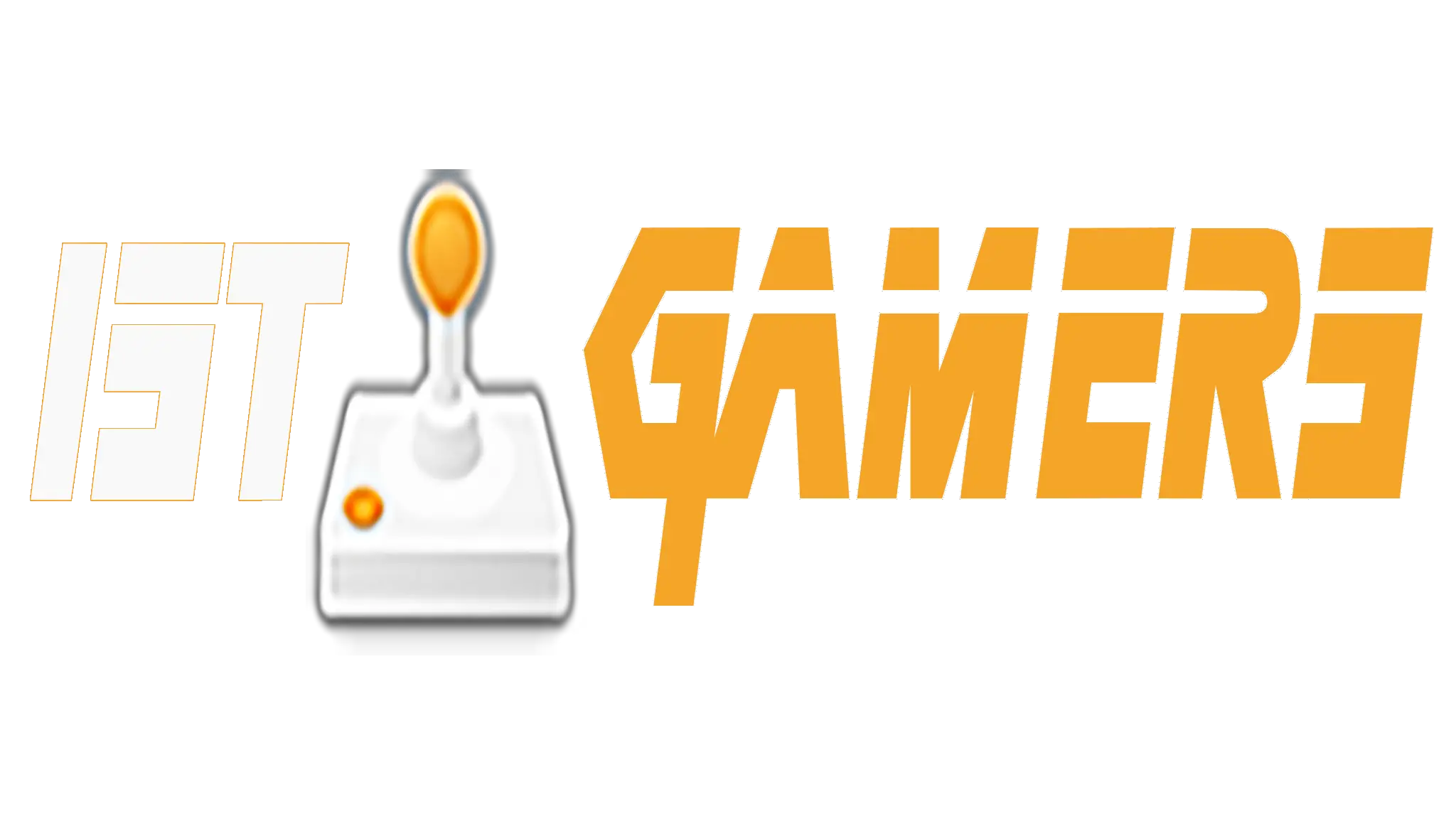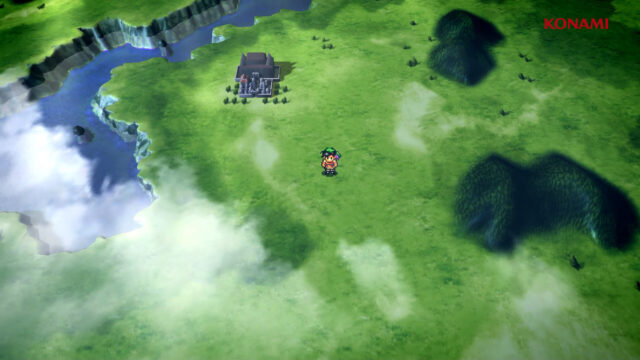Cue the Gregminster Theme!
The Suikoden series holds a special place in my heart as some of the first RPGs I played on my PlayStation. I remember my brother’s friend loaning me a copy of Suikoden II, and I was hooked from the start. Since then, I’ve supported every release, and even gone as far as cosplaying characters from different installments. It’s a franchise with a legacy, and for many RPGamers it’s thought of with mostly positive connotations. The visibility of this franchise has waned over the years, though in 2025, Konami decided it was finally time to revive these beloved classics with Suikoden I & II HD Remaster: Gate Rune and Dunan Unification. While these remasters are welcome on new platforms, the effort regarding how much was remastered is a bit of a debatable point. Regardless of Konami’s bare-bones efforts, both games still hold their own as being must-play classics.
In Suikoden I, players take on the role of Tir McDohl, the son of Teo McDohl, a great general in the Scarlet Moon Empire. But when Tir is given the power of the Soul Eater rune from his dying friend, who is being chased by a power-hungry witch, his life takes an unexpected turn. After being chased from his home, he meets the leader of the resistance, Odessa Silverberg, who offers him a chance to change the world and restore order to the Scarlet Moon Empire. In Suikoden II, players are introduced to two best friends, Jowy and Riou, who witness a horrific act as part of the Highland Unicorn Brigade Army at the hands of the Mad Prince Luca Blight. The two runaways are labelled traitors of the Highlands and flee to the city-state of Jowston. They soon learn that what they witnessed was the Highlands going back on their word regarding a cease-fire, reigniting the flames of war, and priming the enemy to invade. Their lives change, with Jowy and Riou forced onto the opposite sides of the war, but both wishing for the same potential outcome — peace.
Both games share a similar premise, focusing on two young teens thrust into war due to authoritarian nations attempting to expand and conquer. Our heroes become the leaders of a rebelling army, focused on helping the downtrodden and saving their territories from invading nations. Each hero is bestowed a True Rune, magic that has the power to unite individuals together, to fight back against injustice. They also meet other like-minded individuals who join their cause in hopes of ending war. Suikoden‘s strength lies in its compelling, politically driven storytelling, often showing how the horrors of war affect people from all walks of life. The games never shy away from tragedy, but there is always the consistent theme of finding hope in the darkness and the power of community in times of crisis.
Even more than a quarter of a century after their writing, the narratives woven within these games continue to resonate strongly with players. Despite not possessing the same narrative depth as its sequel, Suikoden I remains absolutely worth playing for its emotional core, fantastic storybeats, fun villains, and charming characters. On the other hand, Suikoden II is story perfection, as all the beats connect and the weight of the player’s decisions feels impactful. There is no moment in either game where the stories feel bloated or outstay their welcome in the 15-20+ hours it takes to complete them. Even with all of the heavy moments in the games, there are also a ton of humour and gentle moments that do a great job of reminding the player that hope can come in many forms, whether it is from Kobald’s dancing on stage, to tests of manhood that require made up fetchquests — the point is, even in war, the people the heroes recruit are showing that they never give up.
Both games use fairly traditional turn-based combat that doesn’t have a lot of bells or whistles. Players will have a party of six characters who can perform an attack, use a magic rune, defend, or shift between rows. Party members’ weapon ranges matter in terms of format, as characters with short ranged weapons cannot do damage in a back row, whereas medium ranged weapon-wielders can go in either row. The last is long range, which these members should always be in the back row, as they are often more squishy and are unable to take punishment. Considering there are 108 different characters, there is room for experimentation in terms of finding a party combination that one enjoys, and certain combinations of characters can result in a Unite attack — a joint ability amongst party members that can do tons of damage. Combat is simple and intuitive, but outside of the Unite attacks is mostly unremarkable.
Traditional turn-based battles aren’t the only forms of combat in the Suikoden games. One-on-one duels occur during high-pressure story moments and see the protagonists face off against larger-than-life foes. These duels play out in the form of rock-paper-scissors, with the enemy’s dialogue providing hints at what they’re about to do. While the new localization is decent, this is one of the few areas where it does a better job at hinting to the player as to whether they need to attack, defend, or use a special attack. These one-on-one duels offer a nice challenge, and highlight how desperate many of the story beats can be. Suikoden II, in particular, has some memorable duels that truly add that life-or-death pressure, and when the player is successful, it feels like such a satisfying moment.
The final type of combat in Suikoden is the army battles, which are a neat addition in both games, but in terms of execution, not particularly deep. In Suikoden, players are tasked with fighting one main enemy unit, which, once they are all destroyed, seals the victory. Each player unit works in groups of three, and some have unique abilities such as being able to sway enemies to the player’s side or finding out what ability the enemy will use next. One of the benefits of the remaster is that the UI is much clearer in terms of the rock-paper-scissors system, so having the visual makes it easier for the player to know what skill type defeats the other. In Suikoden II, a lot of what was done in Suikoden is still the same; the only major difference is that players take on a larger number of enemy units, where they can move around a map and plan an actual strategy. The army battles are a nice addition in both games, breaking up some of the larger dungeons or story points. They are not particularly difficult, or unfair, but once in a blue moon, the random number generator gods can and will be unkind.
Since this is a remaster, one would hope Konami had put some effort into making this collection a must-grab. Unfortunately, a lot of what they added isn’t as impressive as it could be. For starters, the auto-save only occurs in the same room as a save point, which is pretty stupid, as when a game over occurs, one is immediately transported back to the last save anyway, making it pointless. Being able to dash from the start instead of having to hold a button down is a nice improvement, but it isn’t something one should be screaming as a great new feature. Having 8-way movement is neat, but it’s not a real quality of life improvement. An area that they should have improved is the game’s cumbersome equipment management, which in both games is still difficult to figure out which items are better stats-wise. While Suikoden II now offers an Optimize option for equipment, why this wasn’t given to Suikoden I is strange.
Suikoden I also received the pleasure of having updated character portraits done by the original artist, Junko Kawano, and while this is welcome, some of the newer portraits are not particularly flattering, and some of them are missing what made her original designs unique. Kimberley no longer has a long nose, Lepant is no longer Cheeto orange, and while they look cleaner, these strange little details are sorely missed. That being said, both games are still gorgeous looking, with amazing sprite work and detailing. The clean-up on this HD remaster is lovely, and while Suikoden II didn’t get a character portrait update, they did get refreshed so that small details are much more noticeable, such as someone’s earrings or even a mole on one’s face. The detailing of the sprite animations has always been a standout in both games, and do a wonderful job of expressing the emotions in the scene story sequences.
Another addition specifically for Suikoden II that is a positive is the ability to turn off the event timer. One of the most difficult sidequests in Suikoden II required the player to find and complete a series of events before the twenty-hour mark, which, for most players, was not something they likely tracked. Anything that was originally a timed event in Suikoden II can now be accessed with this feature, meaning players will have an easier time recruiting certain characters or gaining the best results in certain events. Konami also added adjustable difficulty to both games, though it only affects enemy HP and damage. Being able to cycle between the three difficulties allows players to enjoy the game at their desired comfort level. Both games originally also had long loading times, which for this HD remaster have definitely been addressed, as moving between areas feels much swifter than before.
Both games have always had fantastic soundtracks, and the enhancements to the audio truly stand out. Every location has a unique and distinctive sound, from the use of traditional Asian instruments in some of the smaller towns, to the iconic track, “The Chase” which gives off the intensity of facing off against the Mad Prince, Luca Blight. Every track aesthetically fits and complements what is occurring throughout the story. The vocal tracks, such as “La Passione Commuove La Storia,” are stunning and soulful. A personal favourite, present in both games, is the song “Gregminister,” which is a lively town track that truly fits the hustle and bussle of this large metropolis, while also being one of those tracks that one will find themselves humming long after the game has been turned off.
While I wasn’t fully impressed by Konami’s additions in this remaster collection, I am happy for anyone who can finally access these two classics. The Suikoden series is for those who love political intrigue, gripping storytelling, and a fantastic soundtrack. Suikoden as a series does an amazing job of pulling RPGamers into their war-torn worlds and making them feel invested in what is happening. While I miss some of the quirks of the original localization, such as Jowy having multiple spellings to his name or the Celestial Sword being known as the Sward Dragon Sword (it will always be the SDS of my heart), I cannot deny how much happiness I felt replaying two of my all-time favourite RPGs. Even though this remastered collection is fairly barebones for veteran players, it is absolutely worth grabbing for anyone who has never had the opportunity to play these classic JRPGs.

BATTLE SYSTEM
INTERACTION
ORIGINALITY
STORY
MUSIC & SOUND
VISUALS

Graphical and sound improvements are wonderful
Two fantastic stories in one package
YOU CAN DASH NOW!
Auto-save only occurs in a place where Save Points exists
Localization has some awkwardness
Menus are still cumbersome even with new UI
































